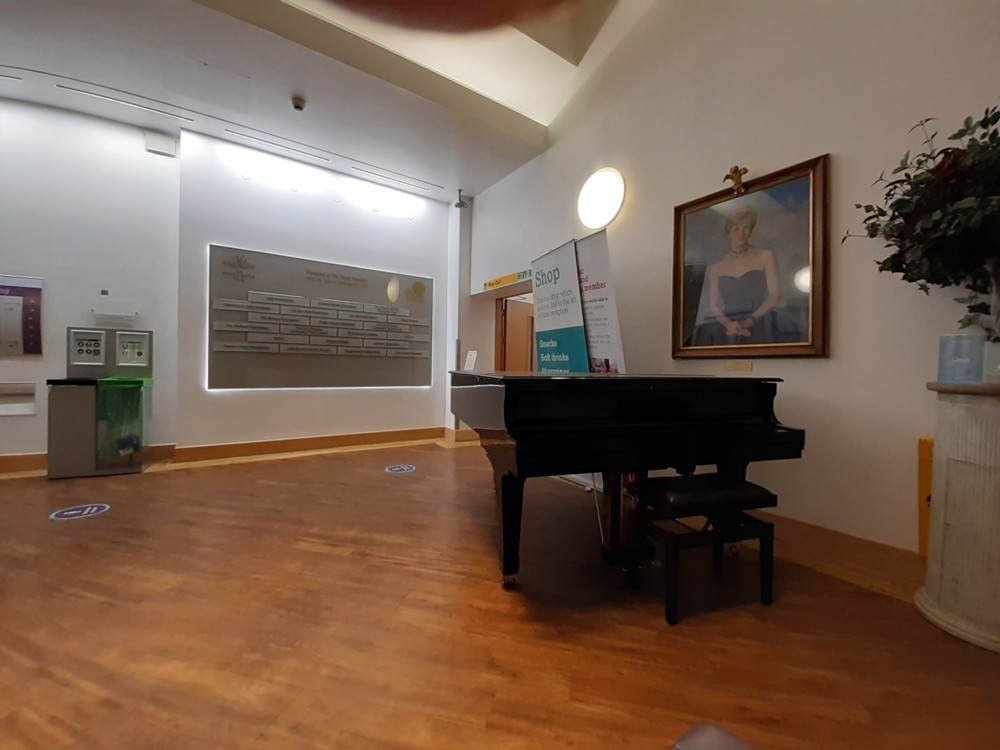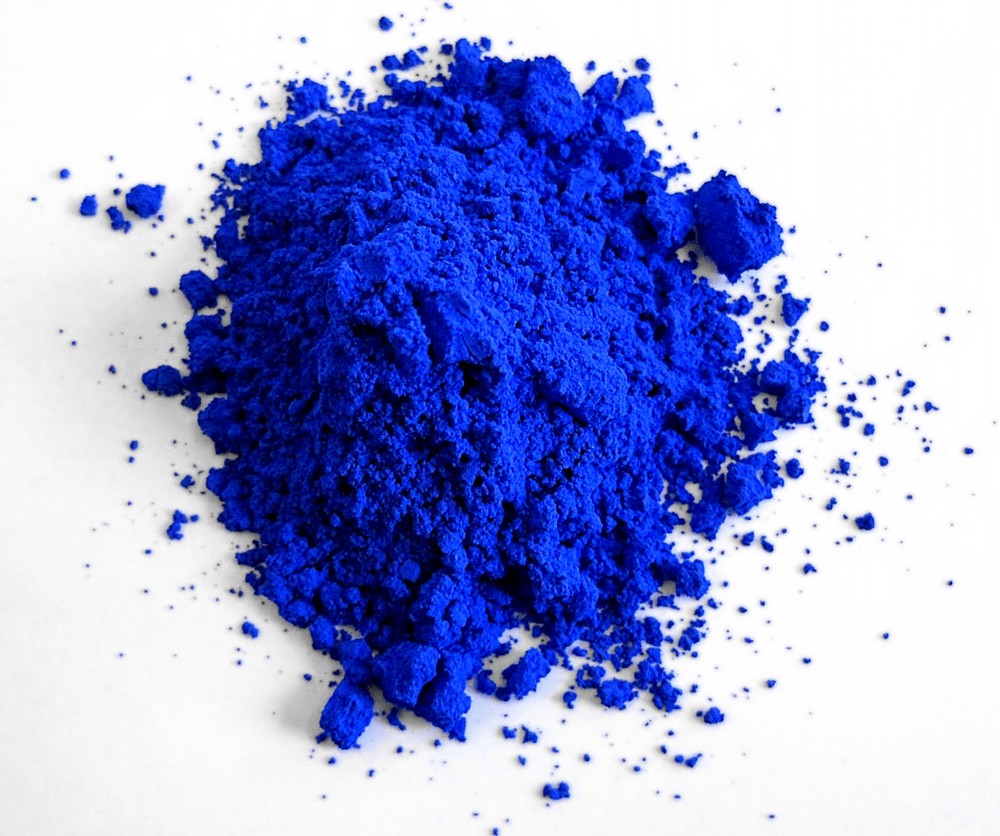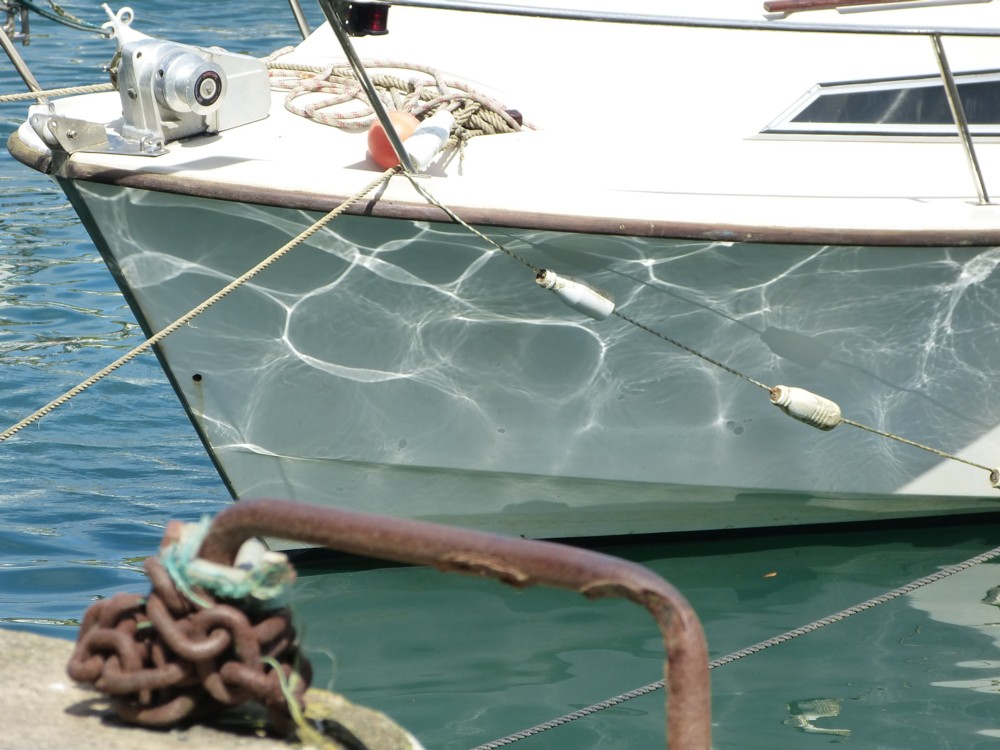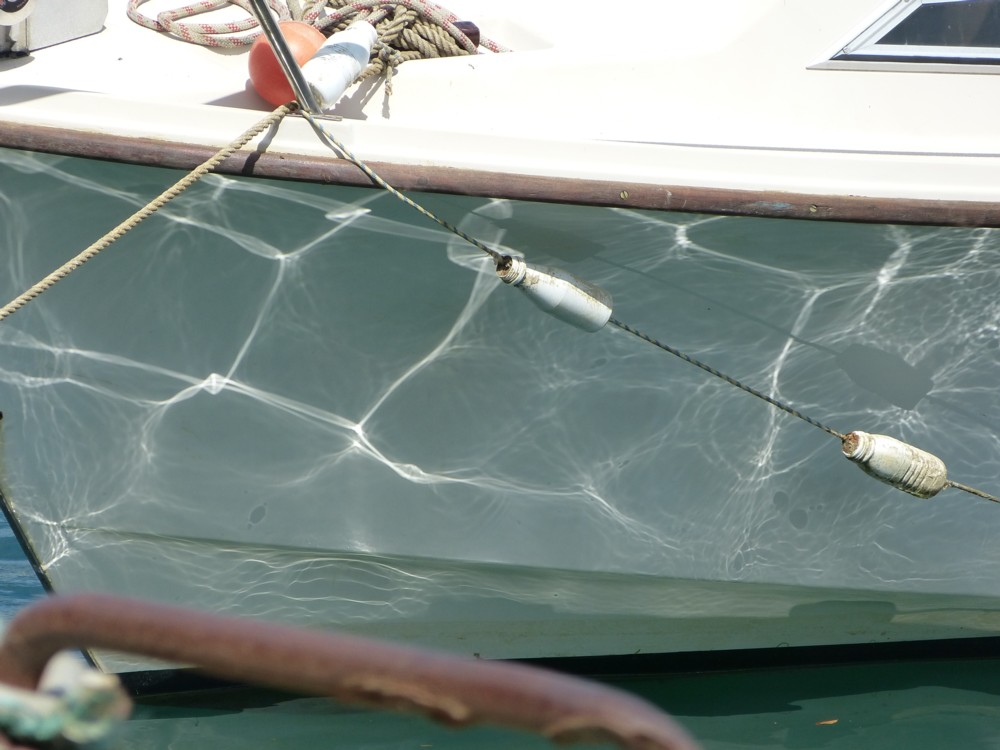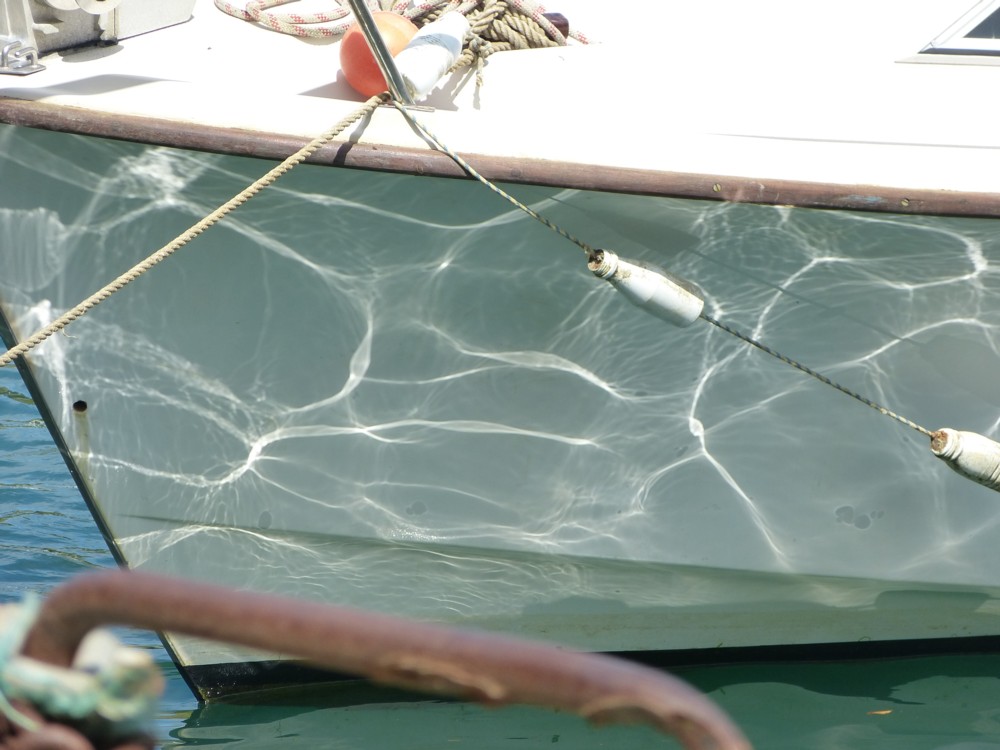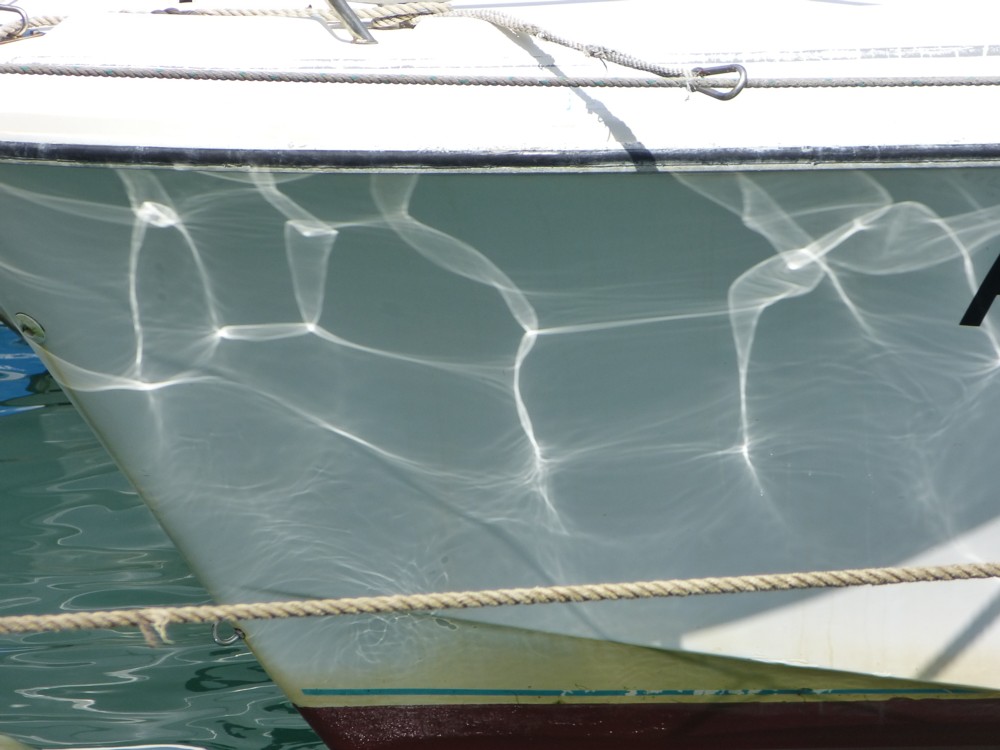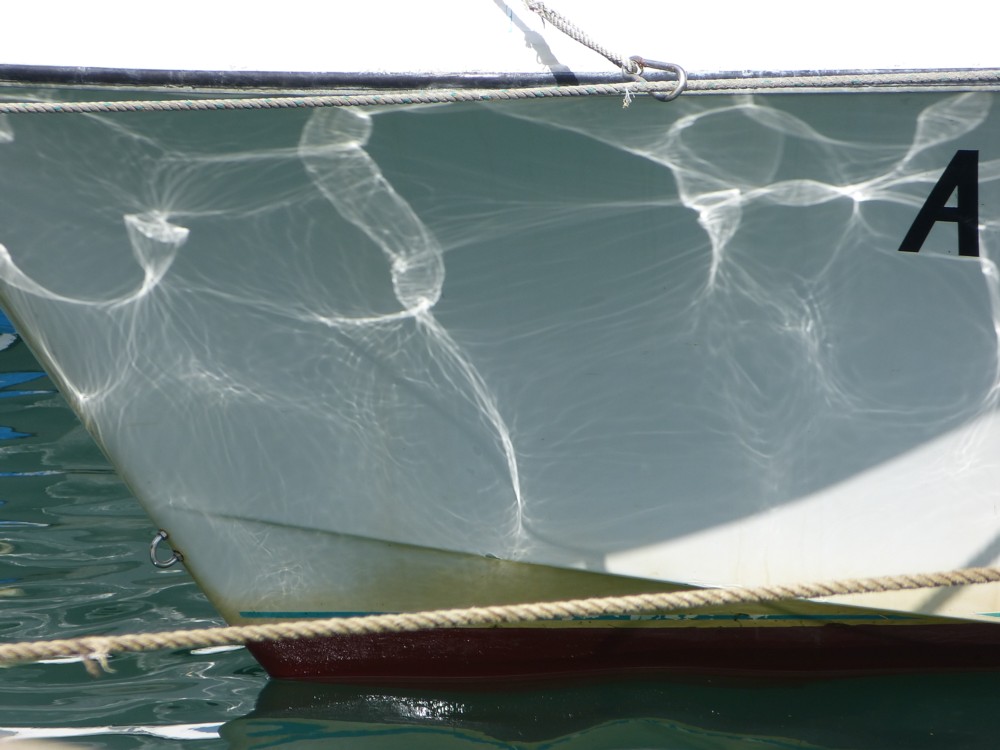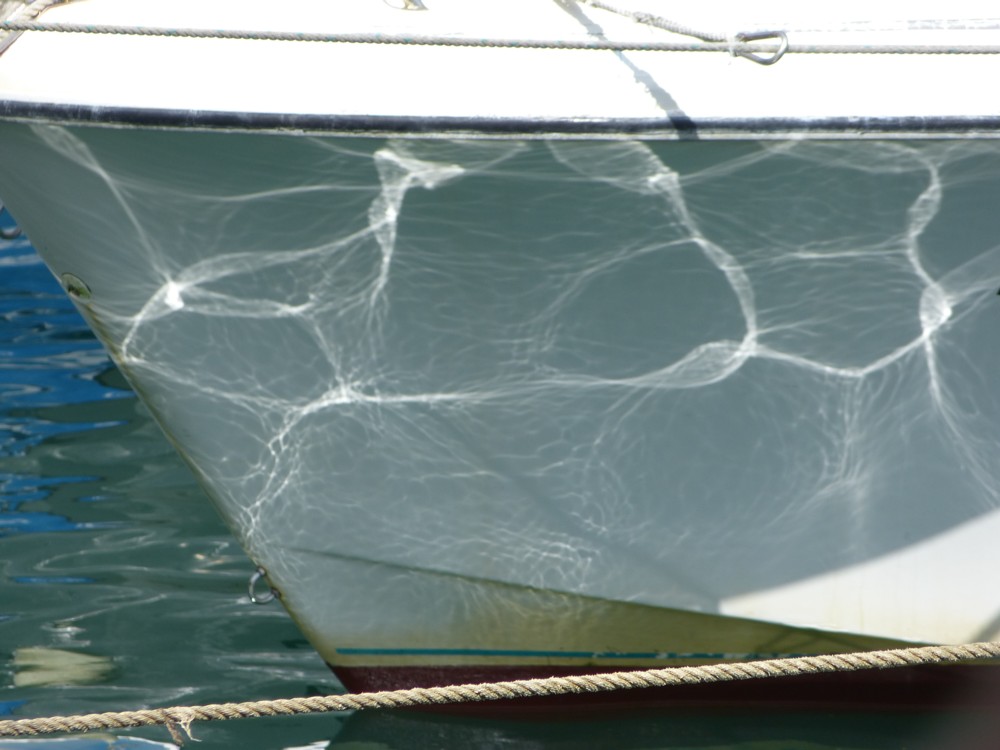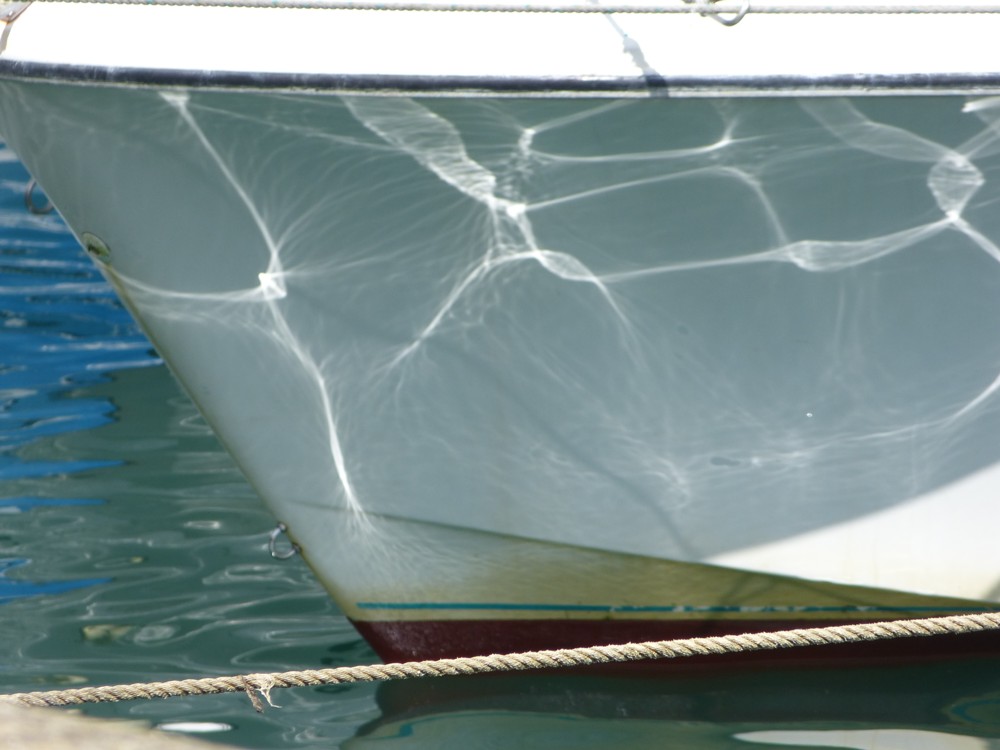Today I paid an actual face-to-face visit to the Royal Marsden. The Verdict was: I keep on with the magic pills, which will keep on doing me good. So: good.
Here is a photo I photoed today while I was there and just before I left:
This is my favourite place in the Marsden, because it is the one place, aside from the main entrance, where I know where I am. There is a lot of equipment in the Marsden, but I am fairly sure that they only have one grand piano. And when I see this piano, I know that I am in a particular spot very near to the main entrance.
In all other inside parts of the Marsden, the style is interior modernist vernacular. In other words, everywhere looks the same and strangers (that’s me) get totally lost. Architectural modernism has triumphed indoors. Out of doors, in London, architectural modernism is a major force, but it has not totally triumphed, and in many parts of London has not triumphed at all. But inside something like a big hospital, it’s all modern, and all modern in the same way.
Except when they have a grand piano to show off. When that happens, you know where you are.
I photoed the above photo with my mobile phone rather than with my regular camera, to check out if interior and rather badly lit scenes do better on my mobile than on my camera (as operated by me). And guess what, they do. I know I know, if I knew how to operate my camera properly it would do better. But I don’t and therefore it doesn’t. My camera is set on automatic. And my camera’s automatic is much, much worse than my mobile’s automatic, in other words than my mobile.
This is actually quite a big moment in my personal photoing history.

